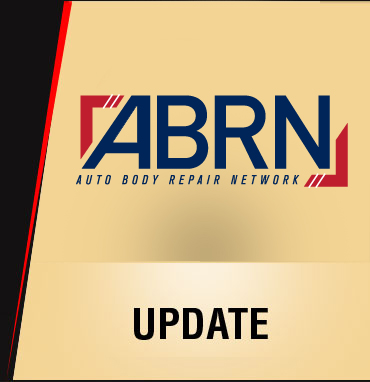
an ABRN Supplement
Space Close: 7/28/2015 Materials Due: 8/10/2015
| · Special Package Rates! · FREE Product Spotlights! · Bonus SEMA Distribution! |
 |
|
This story is an overview of the areas where shops will need to consider upgrading equipment within their operation. Shops must have dedicated tools and equipment that will only be used on aluminum panels.
Aluminum’s light weight makes it an ideal auto-body substrate as an environmental friendly, cost effective methods for increasing performance, boosting fuel economy and reducing emissions while maintaining safety and durability. |
This is an overview of vehicle body designs and how new materials are being integrated into future designs. We’ll include a discussion about OEM certification and I-CAR training necessary to stay current with these new vehicles.
Selecting the proper equipment, paired with completing the appropriate training, is going to set the tone for how collision repair technicians will be able to address increasingly aluminum-intensive vehicles expected to hit the roads over the next couple of years. Selecting a MIG welder is an important step in overall preparedness. This story provides a few tips to help guide the decision making process. |
What You Need to Know as You Prepare Your Shop For Aluminum Since steel has been the go-to metal for vehicle bodies, there’s been little need to learn about aluminum characteristics and repair procedures. Fortunately, analyzing and repairing damage to aluminum vehicle components is not more difficult that steel components . . . it’s just different. Shops will need the right equipment and a basic understanding of how aluminum’s characteristics affect the repair process.
Like it or not, aluminum is now here for the masses and more OEMs will be utilizing it in the coming years as well as other substrates, such as Carbon Fiber Reinforced Plastic (CFRP). By 2020, the prediction is about 8 new models should be introduced and all of these coming from the USA OEMs. What does this mean for today’s shops? |
| Important Deadlines: Space Close: 7/28/2015 Materials Due: 8/10/2015 |
 |
 |

|
LISA MEND |
MICHAEL PARRA |
PAUL ROPSKI |
TERRI MCMENAMIN |
KEITH HAVEMANN |